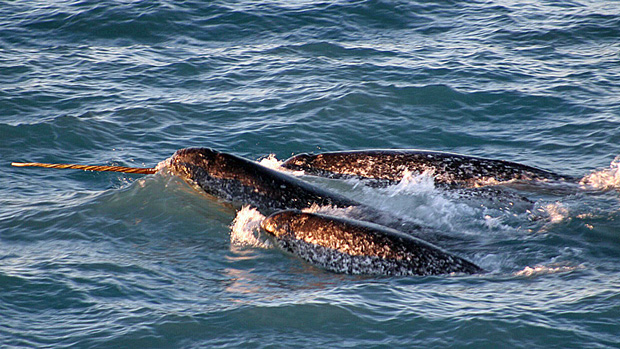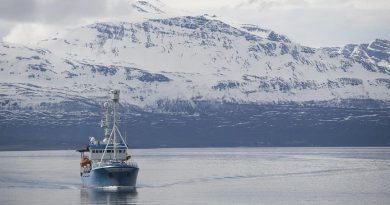Balancing science and aboriginal knowledge in Canada’s North

(Kristin Laidre / NOAA / AP)
Narwhal is an important species in Canada’s North. To local Inuit communities it’s a source of food and sustenance and can provide a small source of income.
Issues around the conservation and preservation of the animal are the subject of ongoing discussions.
What’s the best way to balance science and traditional knowledge? How should conservation plans be crafted to best respect the needs of aboriginal communities?
“It’s quite complex and I’m sure it will be quite complex for years to come,” says Gabriel Nirlungayuk, Director of Wildlife and Environment at Nunavut Tunngavik Inc (NTI), the Inuit land claims organization in Canada’s eastern Arctic territory of Nunavut.
But in May, a fisheries management plan was announced for narwhal in Canada’s northern Hudson Bay.
The plan is a joint effort between Canada’s Department of Fisheries and Oceans, the Nunavut Wildlife Management Board and Nunavut Tunngavik Inc (NTI), the Inuit land claims organization.
Given the size of Nunavut, Nirlungayuk says it’s a huge effort to put such a plan in place but he’s optimistic about the results for those living in Nunavut.
“It’s has been a challenge both from the authorities’ side and from the Inuit side but fortunately, whether people like it or not, we were able to come together from some kind of consensus .”
To find out more about the challenges and advantages of bringing scientific and traditional knowledge together, I recently spoke to Gabriel Nirlungayuk in Rankin Inlet, Nunavut.
To listen to our conversation, click here



